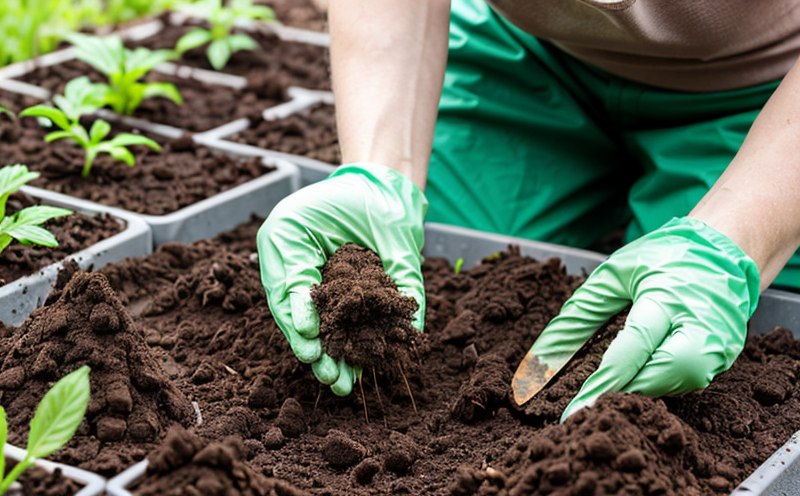ISO 175 Chemical Resistance Testing of Gardening Plastics
Understanding chemical resistance is crucial in selecting appropriate materials for gardening applications. ISO 175 outlines the method to determine the resistance of plastics to liquids, which is vital for ensuring that garden products like mulch sheets, containers, and irrigation systems remain functional under real-world conditions.
The process involves exposing plastic specimens to various chemicals that are commonly used in gardening practices. These could include water, fertilizers, pesticides, and other soil amendments. The specimens are then assessed based on physical properties such as mass loss, color change, and mechanical strength after exposure. This testing helps manufacturers ensure their products meet the necessary standards for durability and safety.
The chemical resistance test is particularly important in outdoor environments where plastics can be exposed to a wide range of environmental factors including ultraviolet light, moisture, and temperature fluctuations. These tests are carried out according to ISO 175, which specifies the procedure using distilled water at 60°C for seven days.
The results provide valuable information on how well the plastic material can withstand exposure to specific chemicals without significant degradation. This data is essential for quality managers and compliance officers who need to ensure their products meet regulatory requirements and perform reliably in various environmental conditions.
| Material Type | Thickness (mm) | Samples Per Group |
|---|---|---|
| Gardening Mulch Sheets | 5-10 mm | 3-5 per group |
| Irrigation Systems | 2.5-7.5 mm | 4-6 per group |
The testing process involves careful preparation of the specimens to ensure accurate results. The samples are cut into standard sizes, usually 100 x 100 mm rectangles or circles, depending on the application. This ensures that each test is conducted under controlled conditions.
After exposure to the chemical solution for seven days at a temperature of 60°C, the specimens undergo a series of evaluations. The primary focus is on changes in mass and color, as well as any alterations in mechanical properties such as tensile strength or impact resistance. These measurements are compared against baseline data collected before testing.
| Parameter | Acceptance Limit (%) |
|---|---|
| Mass Loss | <5% |
| Color Change | <20% change in L*, a*, b* values |
| Tensile Strength Reduction | <15% |
These acceptance criteria are based on international standards and ensure that the materials used in gardening applications remain reliable and safe. The testing process is not only beneficial for manufacturers but also for consumers who can trust that their products will perform well over time.
Benefits
- Enhanced Product Durability: Ensures long-lasting performance in harsh outdoor conditions.
- Regulatory Compliance: Meets international standards and regulations for gardening products.
- Improved Customer Satisfaction: Provides reliable, high-quality products that meet customer expectations.
- Cost Efficiency: Identifies potential issues early in the development process, reducing the need for costly rework later on.
Environmental and Sustainability Contributions
The ISO 175 chemical resistance testing plays a significant role in promoting sustainable practices within the gardening industry. By ensuring that materials used are resistant to common chemicals found in garden products, it helps extend the life cycle of these items. This reduces waste generation and encourages the reuse of materials, aligning with broader sustainability goals.
Additionally, this testing supports environmentally friendly practices by preventing the release of harmful substances into soil and water systems through degradation or leaching from non-resistant plastics. It also aids in reducing plastic pollution, as durable products are less likely to end up in landfills or natural environments where they can cause harm.
Use Cases and Application Examples
| Application | Purpose of Testing |
|---|---|
| Gardening Mulch Sheets | To ensure resistance to moisture and common plant nutrients. |
| Plant Containers | To verify the integrity of the container in contact with soil and water. |
| Irrigation Systems | To confirm durability against fertilizers, pesticides, and other chemicals used during irrigation. |





